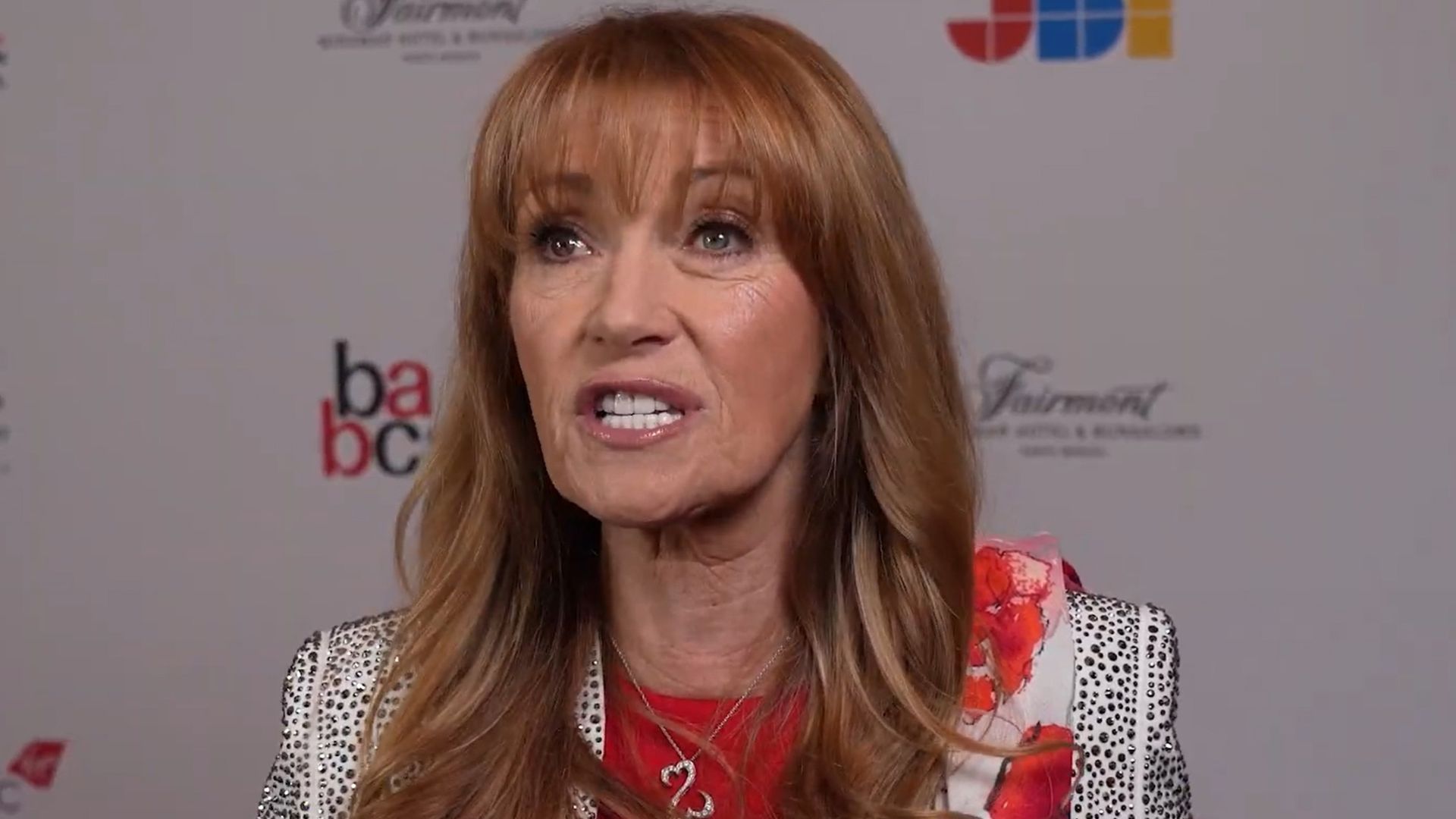
A state program that provides wild game meat to food pantries is filling a protein gap caused by higher prices in grocery stores and greater need in Maine communities.
Hunters for the Hungry, which was established in Maine in 1996, has grown to 23 game meat processors since its inception. A couple of them just joined this year, said Gus Nelson, director of The Emergency Food Assistance Program, a federal project that supplies emergency food at no cost to those who need it.
Hunters for the Hungry provides bear, moose and deer meat to the state’s food pantries and soup kitchens. It was established through the Maine State Legislature and specifies those three types of game. Fish are not part of the program. Hunters for the Hunger is a cooperative venture between the federal project, the Maine Department of Agriculture, Conservation and Forestry and the Maine Department of Inland Fisheries and Wildlife, Nelson said.
Although the program has slowly grown over the past 28 years, there is more need now for quality protein in food pantries than ever before, and there’s still great potential for growth, Nelson said. Less than half of the 58 game meat processors registered with the state take part in the program. There are also hunters, food pantries and soup kitchens that have never heard of the program, he said.
“It is a sort of woods to pantry approach,” Nelson said.
This is the first year the project is making a deliberate effort to grow the program. That means getting the word out to more processors, pantries and hunters is essential, Nelson said.
To that end, organizers have contracted with Nathan Lord, Americorps VISTA Ending Hunger Corps, who is working in Maine for a year to help the organization educate potential stakeholders and the public about the program.
Lord has reached out to hunters, sporting groups, wild game butchers, soup kitchens, food pantries and firearms safety instructors, plus he has done speaking events, in an effort to increase the amount of wild meat that ends up in as many of the state’s 250 food pantries as possible.
The process is simple. A hunter can donate an entire animal or part of one by taking it to one of the processors in the program. The processor cuts up, packages and freezes the meat and soup kitchens and food pantries can come get it, or some deliver to them. The processor bills the agriculture department for services.
Some processors and pantries have established relationships, but in other areas of the state, a processor with meat to donate may have to contact Hunters for the Hungry to find out where the nearest pantry is.
In 2023, wild game butchers processed about 23,000 pounds of meat for pantries and soup kitchens, about 1,000 more pounds than in 2022. But out of the 38,215 deer harvested, the food pantries received only 101.
“There is a lot of enthusiasm in Maine to help people,” Lord said. “There also is a hunting tradition with a rich history. I love hearing the enthusiasm around the program and the people who are addressing food insecurity take pride in helping.”
Alan Boucher, 69, of Winslow works closely with state biologists and game wardens and processes bear and deer, including road kill once in a while if it’s very fresh. He couldn’t remember when he started butchering for Hunters for the Hungry, but said he received a plaque of appreciation from the state in 2005.
“I like helping people who don’t have much,” he said.
Boucher gets the most animals during deer firearms season, when families sometimes get more than one animal and can’t use all of the meat. He also has worked at the Winslow food pantry, so he knows that grinding the venison into burger generally works best for the people who will use it.
Once he processes the meat, he freezes it overnight and delivers it to the pantry the next day.
He has seen only three or four deer thus far during archery season, but he has to turn people away during November, he said.
“Not many places process now,” he said, pointing out that the longtime owners of such facilities are all getting older and are less able to do the physical labor. He just bought new winches to help him move the animal carcasses around and to skin them.
Sam Margolin, 33, who just started processing deer last year for Hunters for the Hungry at the Margolin Farm in Norway, got into the program at the recommendation of another butcher who was already taking part.
“I was told it would be a way to help the community food banks and to help my business remain profitable,” Margolin said.
Last year, those who donated through Margolin’s operation were mostly out-of-state hunters who couldn’t wait for their animals to be butchered or didn’t want to take all of the meat with them, he said.
He approached the Harrison Food Bank, whose organizers said it would be extremely valuable to offer such quality protein. Margolin said a few older people who frequent the pantry were glad to have deer meat again, since they were unable to hunt any more.
He hopes to expand into bear next year, after he has his trolley system in place for moving animal carcasses around the shop, along with farm animals like lamb and pork. He has been farming for the past four years, but just built the butcher space last year.
“Processing game was a good way to test the system last fall,” he said.
Margolin, who majored in food studies at the University of Southern Maine, said he hates to see food wasted so he likes the community aspect of helping those who are marginalized.
“I loved dropping off meat last year,” he said. “I would do the program even if I didn’t get paid. It makes me feel good about the bad days.”









